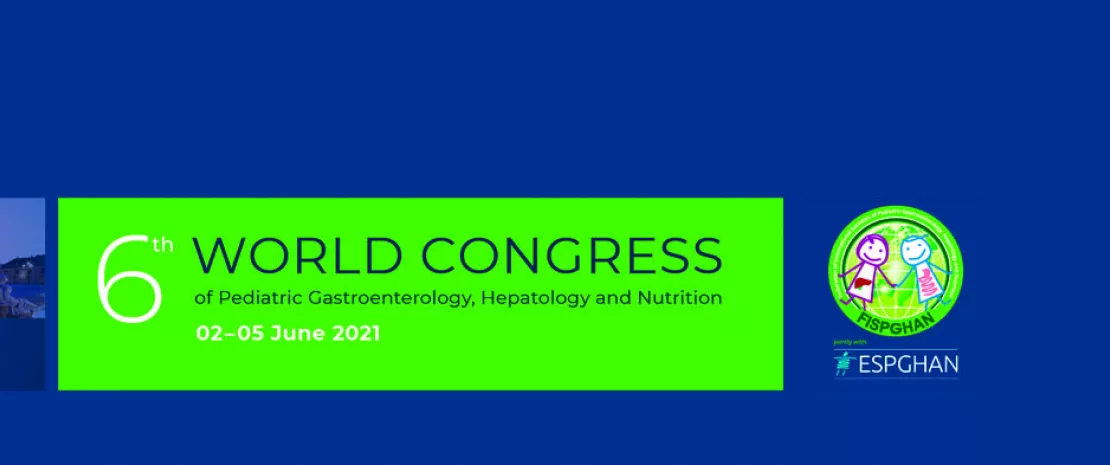Microbiota highlights from the 6th WCPGHAN 2021 Summit
Congress Review
By Dr. José Francisco Cadena León
Dept. Gastroenterology and Nutrition, Head of of the Endoscopy Unit Digestive Endoscopy Unit, Instituto Nacional de Pediatría, Mexico City, Mexico
Sources
This article is based on scientific information
Sections

About this article
Author
During the WCPGHAN it was highlighted the importance of early changes in infant gut microbiota associated with immune programming and the emergence of chronic non communicable diseases, and the need of new nutritional and therapeutic interventions.
Human Milk: Role on gut colonization and nutrition
Human milk (HM) is the gold standard for infant feeding during the first six months of life, supporting optimal growth and development, and should be continued until 2 years of age, alongside complementary feeding. HM contains multiple bioactive components as Human Milk Oligosaccharides (HMOs) and microorganisms (104- 105 UCF) that exerts multiple long and short-term benefits.
Some studies suggests that HM microbiota differs from oral, vaginal, skin and meconium microbiota, with species closer to each other, integrating a specific HM microbiota (Hunt KM et al. PLoS One 2011:6.e21313).
HM shapes the growth and development of infant gut microbiota from birth until 6 months of life. During this period, the microbial profile of exclusively breastfed infants differs from the partially breastfed or formula- fed infants, promoting an immunologic and metabolic programming.
Perinatal factors that modulate HM microbiota
While C-section promotes colonization with a specific bacterial profile, vaginal birth lead to one resembling to the mother ´s vaginal microbiota. Some studies have demonstrated that C-section and maternal antibiotic administration (G-O- 084 abstract) prior skin incision induces a delayed colonization and a less diverse microbiota.
In addition, yeast and fungi (21.4%) have been reported in HM and associated with early antibiotic use and lower bacterial load, outdoor environment, city population, density, season, maternal atopy.
In a cross-sectional study Zelca et al. (N-ePwP-049) examined the characteristics of the gastrointestinal microbiota in infants (0-12 months) and pre-school children (under 5 years-old) related with diet and environmental factors. The authors reported a greater composition of Bifidobacterium in the infant group whose mothers did not receive antibiotics during pregnancy or with siblings, and a larger amount of Bacteroides, Blautia and Ruminococcus in pre-school children.
HMOs and biotics
In a study, Kawata MS, (N-ePwP-042) using a simulator of the human gut ecosystem, analyzed the impact of an infant formula enriched with 2 HMOs [2’ fucosyllactose (Nnt; 05.g/L)] in the microbiota and metabolites. The author reported an increase of the taxa of Actinobacteria and Firmicutes, mainly Bifidobacterium and Lactobacillus; short fatty acids as butyrate, acetate and, propionate and reduction of Enterobacteriaceae spp.
HMOs are specific for Bifidobacterium spp, whereas, combination of both could bring a metabolic effect, producing shortchain fatty acids similar to those contained in HM (Walsh C. et al, N-eP-133).
The future implications of understanding the early gut colonization of the infant during the first 6 months and the risk factors that could modify the immune programming allow us to generate new therapeutic interventions.









